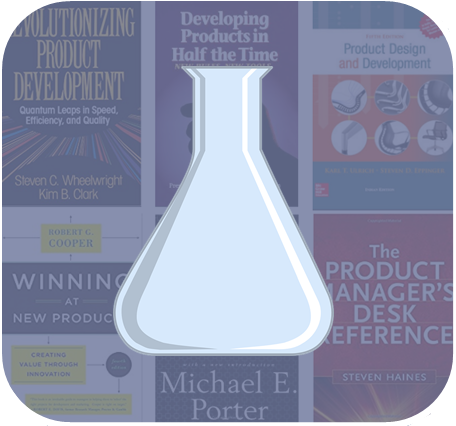The scientist Stuart Kauffman calls the “adjacent possible” the set of all first-order combinations or possibilities that exist at the perimeter of the current state.
Let’s break that down.
Steven Johnson uses this analogy: Imagine you’re in a room with 4 doors. Your adjacent possible is whatever you might be able to reach in those four doors. But as soon as you go through one door, you find yourself in another room with 3 other doors. Your adjacent possible has now expanded; you can get into rooms you couldn’t get into from the first room alone.
“The history of life and human culture, then, can be told as the story of a gradual but relentless probing of the adjacent possible, each new innovation opening up new paths to explore,” says Johnson.
This is a fairly profound and awesome way to put it.
What does it have to do with product development and innovation? Pretty much everything.
The adjacent possible defines possibilities and constraints. You might be able to make a massive leap in innovation, but chances are every component of that new innovation is – in some way – directly adjacent to something that existed before.
Or consider this example Johnson references: When the universe was full of simple molecules, the adjacent possible was all the potential combinations those molecules could make with one another. Compare that to the state of the universe today, where those same fundamental building blocks (molecules) make up extremely complicated organisms (dogs, flowers, viruses, gasoline). Those things didn’t come into being in one step – they combined in simple ways and eventually became more and more complex. The interactions of molecules expanded the adjacent possible until suddenly there was a flower (Darwin couldn’t have put it better himself).

